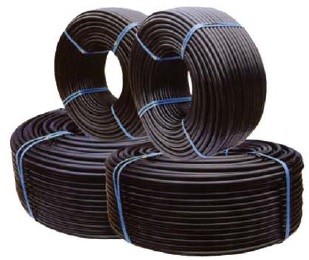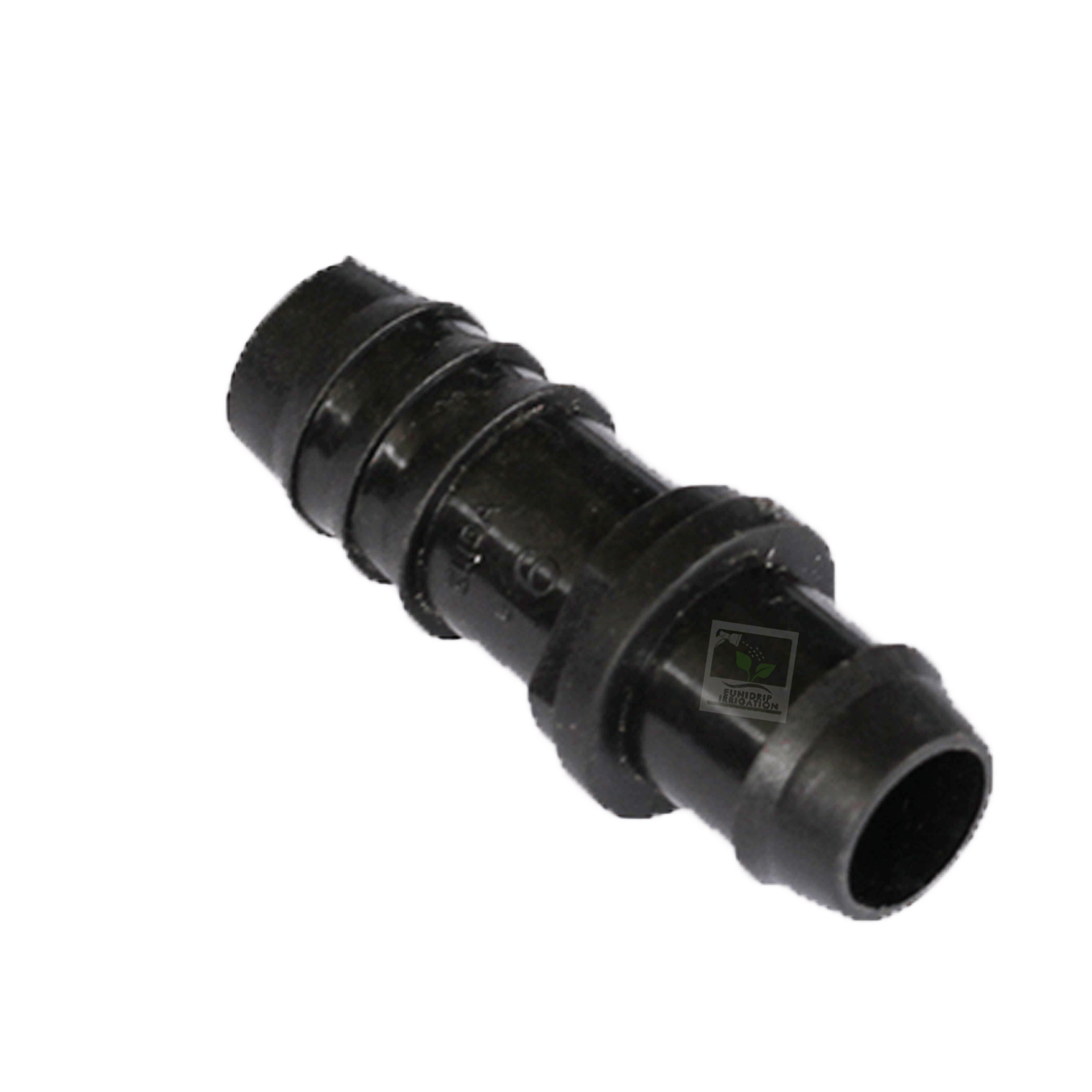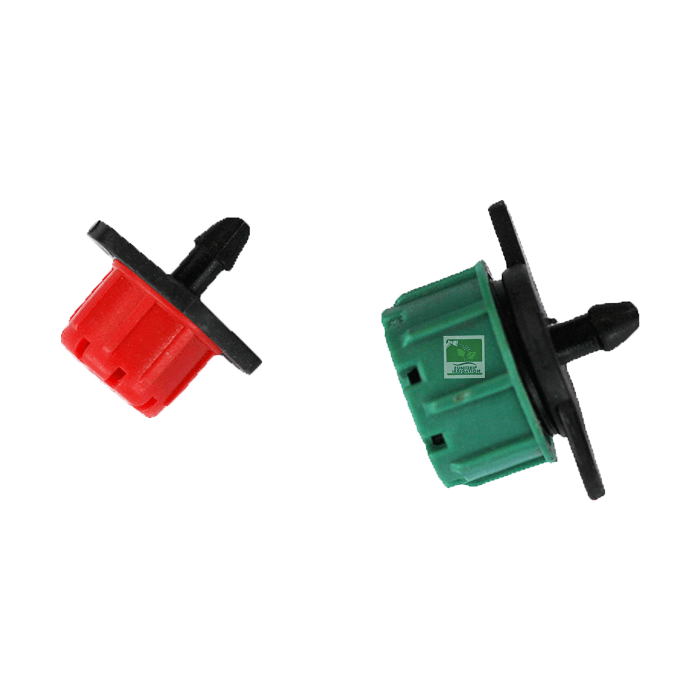Passion fruit farming using simple irrigation system
Passion fruits are perennial crops i.e. crops that don’t need to be replanted each year. Its scientific name is Passiflora sp and belongs to the family of Passifloraceae.
In Kenya, passion fruits are grown in cold places like Thika, Nyamira, Kisii, Nyeri, Kakamega, Murang’a, Meru, among other regions.
Uses of passion fruit
The passion fruit may be eaten fresh or consumed after extracting the pulp and juice. Juice is used in a variety of products and the pulp may be added to various dishes.
Types of passion fruits in Kenya
There are two major types of passion fruits grown in Kenya and both varieties are usually green in color before ripening.
The following are the most common varieties grown in Kenya.
- Passiflora edulis– this is purple in color when ripe, quite acidic, and tasty and juiciness varies. It has a strong aromatic scent and is round in shape.
- Passiflora flavicarpa– it is yellow when ripe, oval in shape and less aromatic. This type is common in west rift areas that receive moderate rainfall with temperatures of 30 degrees Celsius.
Climatic conditions for the growth of passion fruits.
The factors listed below are the most considered factors whenever one wants to venture into passion fruit farming in Kenya.
Soil type
Passion fruit vines grow on many soil types but the best soil is light to heavy sandy loams with a pH of 6.5 to 7.5. Excellent drainage is absolutely necessary.
Also, the soil should be rich in organic matter and low in salts. If the soil is too acid, lime must be applied and since the vines are shallow-rooted, they will benefit from a thick layer of organic mulch.
Rainfall amount and reliability
Passion fruits of all the varieties require well-distributed rainfall of 900 mm to 2,000 mm per year. Excess rainfall causes poor fruit set and encourages diseases.
Altitude above the sea level
Passion fruit growths need an altitude of 1,200 m to 1,800 m above sea level east of the rift and up to 2,000 m above sea level west of the rift.
Temperature
The plant (Passiflora edulis) type thrives in regions with an optimum temperature in the range of 18 to 25 degree Celsius. The yellow variety thrives in areas experiencing about 30 degrees Celsius.
Passion farming with the use of simple irrigation system
On using simple drip irrigation system, the initial thing that the farmer must consider is the land preparation.
The purpose of these activities is to improve crop/plant growth and development.
Land preparation ensures that there is sufficient water, heat, oxygen, and other important soil nutrients.
This process will allow the soil to be more compressible to allow the penetration of the roots
After land preparation the process that follows is the planting. At the time of planting, make holes measuring 40centimeters wide and 45 centimetres deep spaced at 2 meters between plants and 2 meters between rows of the plants.
These spacing gives the irrigation technician to design the irrigation equipment like irrigation pipes, button drippers, irrigation connectors and the irrigation end caps.
Importance of simple irrigation on passion fruit farming
A drip irrigation system has plenty of benefits, which makes it a preferable option for the growth of passion fruits. The main advantages include:
- Efficient water usage
- Reduces weed growth
- It helps save time
- Helps produce healthier plants
- Produces healthier plants
- Cannot get disrupted by wind
Simple Irrigation equipment use in passion fruit farming.
These are the equipment that are used to supply water to the plants (passion fruit) and includes the following
Irrigation pipes
Irrigation HDPE pipes are the most considered to be the best choice for irrigation on the various project due to its high quality and reliability.
It made up of high density, polyethylene particles that are closely packed. Usually made up of high-pressure rate known as pressure normal (PN).
And of various sizes of polyethylene pipes available in the market for the passion fruit farming are ranging from 16 millimetres diameter-40 millimetres diameter .
These irrigation pipes (polyethylene) are also easy to install. The commonly used methods of installation used by professionals include vibration and plow open cut method installations.

Irrigation starter-connectors.
Starter connector is a plastic fitting that connects a main pipe with a 16 millimetres pipe to supply water to the individual passion fruit plants.
They come in different sizes, but most common starter-connector in the market is 16 mm (millimetre).
They come in different designs and colors but most starter-connectors are complete black or may have a blue color code.
Standard starter-connector can sustain a working pressure of up to 16 bars. Most of irrigation systems work at a pressure of three bars and below.

Irrigation starter connector
Button drippers
Button dripper is made of plastic, polyethylene, and is sold in packets or pieces. The wall thickness typically ranges from 1 mm–1.3 mm.
Thicker walled drippers are commonly used for permanent subsurface drip irrigation and thinner walled tapes for temporary type systems in high-value crops
Button dripper is well designed to discharge one litter of water per hour over 60 liters of water per hour. This discharge ensures water is efficiently and economically used.
The economical water budget is the major determinant of the production cost. This dictates the type of crop to be grown.

Button drippers
However, Broad leaved plants require much water as compared to small leaved plants. This will affect the button dripper water discharge capacity to be used.
Advantages of button drippers
- Extensive land leveling is not required, drip irrigation can be employed in all landscapes;
- Irrigation water can be used at a maximum efficiency level and water losses can be reduced to a minimum;
- Soil conditions can be taken into account to a maximum extent and soil erosion risk due to irrigation water impact can be reduced to a minimum;
- Fertilizer and nutrients can be used with high efficiency; as water is applied locally and leaching is reduced, fertilizer/nutrient loss is minimized (reduced risk of groundwater contamination);
- Weed growth is reduced as water and nutrients are supplied only to the cultivated plant;
- Positive impact on seed germination and yield development;
- Low operational costs due to reduced labor requirement, in particular energy cost can be reduced as drip irrigation is operated with lower pressure than other irrigation methods.